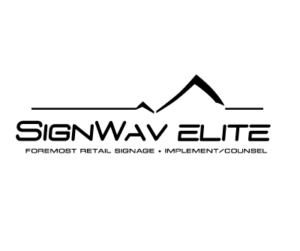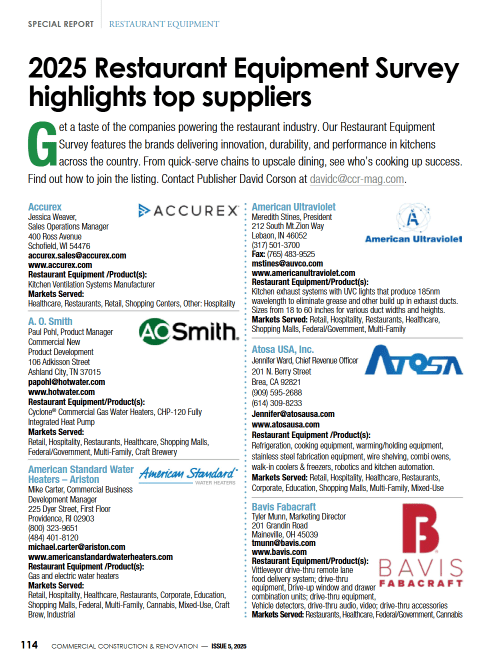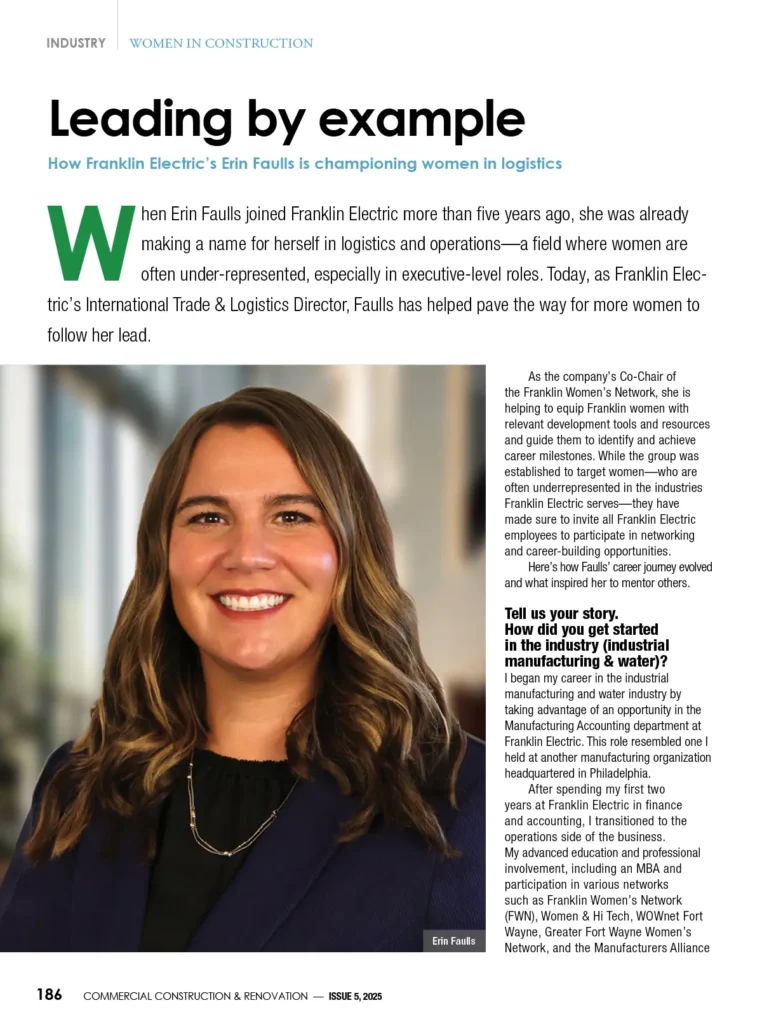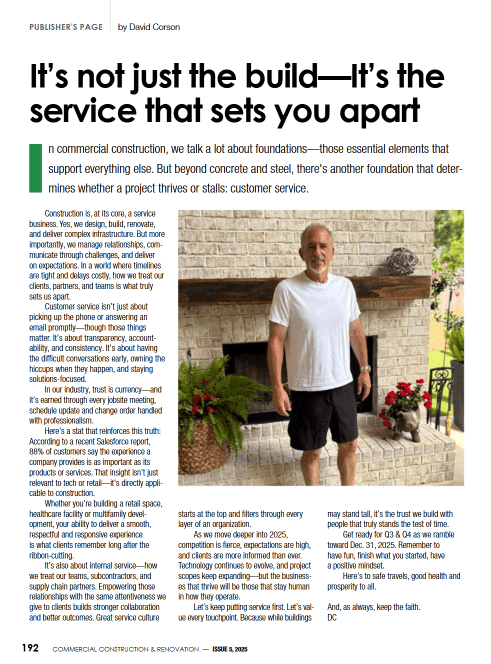Pumps are one of the most important pieces of kit on a construction site. The concept behind a pump is simple: they simply move liquids, gases, and particulate solids from one place to another. The first pumps were positive displacement types used by the ancient Egyptians and Greeks. The most famous of these designs – Archimedes’ screw – consisted simply of a rotating screw inside a sealed barrel structure.
In the modern construction industry, pumps come in all shapes and sizes. There are several different kinds of pump mechanisms used, all of which are suited to different tasks. This article is a quick guide to the task’s pumps are used to complete on modern construction sites.
Transferring Cement Slurry
Cement slurry is a rather difficult material to move around a construction site. It is capable of quickly clogging up pump mechanisms and is prone to drying out and becoming harder to work with when exposed to air. For this reason, peristaltic pumps are often used to transfer slurry, as peristaltic pumps do not expose the slurry to the air. Instead, they use special shoes to manipulate the cement while it is safely contained within a hose.
This has the added benefit of not allowing any cement to come into contact with the working mechanism of the pump—similar to how non-invasive techniques in Leak repair in Toronto prevent damage to surrounding structures while resolving the issue efficiently.
Dewatering
Dewatering is an essential process that takes place before and during construction. It is the removal of ground or flood water from a site. This is especially important in places with a high-water table. The water table is the boundary between unsaturated ground and the water-clogged ground that sits beneath it. Areas near rivers or close to sea level have a higher water table. Simple submersible pumps are used to complete dewatering in most construction sites. In areas with a high-water table, trenches and groundworks can very quickly fill with water and require constant pumping.
Sludge Handling
Construction projects generally produce a great deal of sludge in the form of saturated mud, silt, and sand. This sludge is nearly impossible to shift without a pump – it flows frustratingly out of shovels and is often present in quantities that make bucket removal impractical to the extreme.
Peristaltic pumps, such as orange pumps, are typically used to remove sludge because of the potential damage it can cause to the mechanisms of more simple pumping devices. Grinders and agitators are sometimes used to prepare sludge for efficient pumping on a construction site. Sludge is created as a byproduct of crushing, saturating, washing or rainfall.
Chemical Dosing
Wastewater is a potent byproduct of many construction sites. If wastewater is allowed to join streams, rivers, or reservoirs, then it can cause some serious damage. For this reason, construction contractors are obligated to ‘clean’ wastewater using a chemical dosing system. Chemical dosing is a process that involves the injection of cleansing chemicals in TZ Containers IBC Tote Tankinto potentially dangerous wastewater. It is typically achieved through the use of small, simple pumps that interrupt the flow of wastewater heading away from a construction site.





























